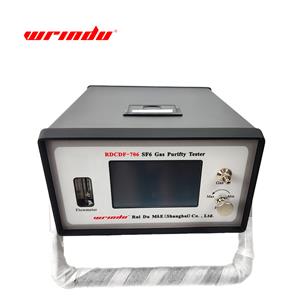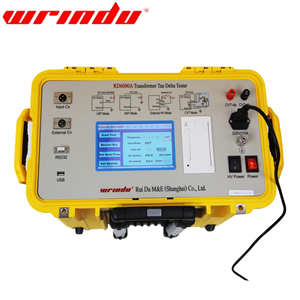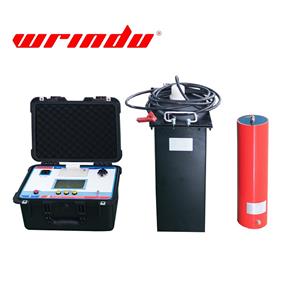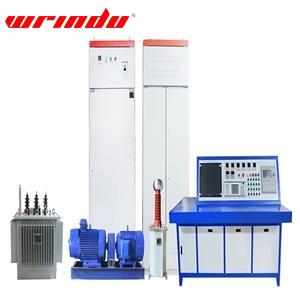What exactly is a lightning arrester used for?
Questions about Lightning Arrester
What is lightning arrester?
What does a lightning arrester do?
What is the difference between a lightning arrester and a surge protector?
How to choose the right lightning arrester?
What is lightning arrester?
A lightning arrester is a device used to protect electrical equipment from lightning strikes or other voltage surges. It acts as a path for these high-voltage surges to dissipate safely to the ground, which can prevent them from damaging the electrical system or connected equipment.
A typical lightning arrester consists of a series inductor and a spark gap, which work together to intercept and divert surge current. A lightning arrester is typically cylindrical and about 1 to 2 feet (3 to 6 meters) long. It consists of components such as a series inductor and a spark gap. These components work together to intercept surges.
How does a lightning arrester work?
As we all know, a lightning rod simply channels a strike directly into the ground. Instead of this, a lightning arrester works by diverting excessive electrical current away from the system. By doing so, it helps avoid power surges that could harm electrical equipment.
The device is made up of two primary parts: a terminal for high voltage and another for grounding. When a voltage surge occurs, the arrester conducts electricity. It can provide a low-resistance path for the surge current to flow to the ground. This prevents the surge current from traveling through the electrical system and causing damage.
What is the difference between a lightning arrester and a surge protector?
A lightning arrester and a surge protection device (SPD) differ significantly in their voltage range, protection targets, insulation levels, installation positions, current-carrying capacities, materials, discharge current ratings, and application fields.
From a voltage perspective, lightning arresters are designed for systems with rated voltages from less than 3 kV up to 1000 kV, with low-voltage types at 0.28 kV and 0.5 kV. SPDs, on the other hand, are used in much lower voltage ranges, typically up to 1.2 kV, and even down to 380 V, 220 V, 10 V, or as low as 5 V.
In terms of protection targets, lightning arresters safeguard electrical equipment such as transformers, generators, and high-voltage apparatus. SPDs generally protect sensitive electronic devices, including instrumentation, control signal loops, and low-voltage power circuits.
The insulation or withstand voltage levels also differ greatly. electrical equipment and electronic devices operate at entirely different withstand voltage scales, so the residual voltage of the overvoltage protection device must match the tolerance of the equipment it protects.
Installation positions further set them apart. Lightning arresters are typically placed in the primary system, often at incoming lines, to prevent direct intrusion of lightning surges and protect overhead lines and major electrical equipment. SPDs are usually installed downstream, in secondary systems or at the endpoints of outgoing lines and signal circuits, either after a lightning arrester has mitigated a surge or in systems without direct lightning protection.
Their current-handling capacities vary as well. Lightning arresters must endure and discharge large surge currents from direct lightning strikes. SPDs, installed after upstream current-limiting devices, handle much lower currents since the lightning energy has already been reduced; their key function is to further lower residual voltage to a safe level for sensitive electronics.
Material selection differs between the two. lightning arresters are commonly made from zinc oxide (a type of metal-oxide varistor), while SPDs may use various materials and designs depending on the required protection level and coordination within a multi-stage surge protection system.
Nominal discharge current ratings also vary. Lightning arresters are rated for discharge voltages such as 1.5 kV, 2.5 kV, 5 kV, 10 kV, and 20 kV, with 8/20 μs nominal lightning current waveforms. SPD ratings range from 0.5 kA to 120 kA depending on the model and application.
Finally, their application domains differ. lightning arresters are widely used in power plants, transmission lines, substations, generators, capacitors, motors, heavy industry, and railway systems. SPDs are mainly applied in low-voltage distribution systems, control cabinets, communication networks, signal lines, base stations, and data centers.
How to choose the right lightning arrester?
Lightning arrester is one of the main lightning protection devices in the power system. The selection of lightning arrester not only determines the selection of insulation level of other distribution devices and electrical equipment, but also plays a very important role in the correct operation of relay protection when overvoltage occurs.
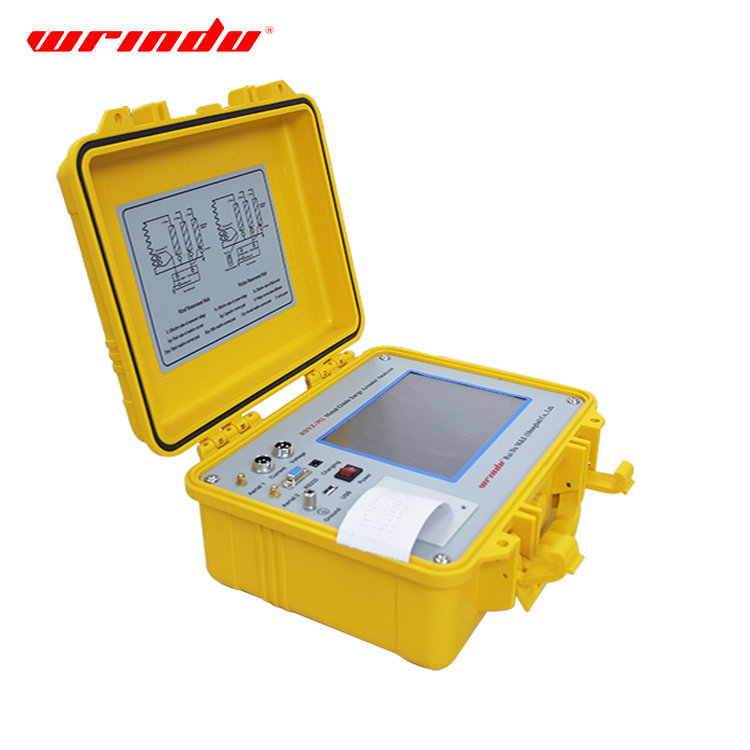
This picture is metal oxidee surge arrester analyzer. This instrument is designed specifically for live testing of metal oxide surge arresters in power systems. It can also measure AC leakage parameters while the equipment is operating, which enables timely detection of dangerous defects such as internal insulation moisture and valve aging. By precisely sampling the voltage and current signals of the device under test and applying anti-interference methods such as Fourier transform technology, harmonic analysis, and digital filtering, the instrument ensures accurate and reliable measurement results.
Furthermore, it is a fully automatic instrument that can measure three-phase data simultaneously with a single connection, or measure each phase separately. It can test virtually all commercially available lightning arresters.
Click here to find more information about Lightning Arrester.

